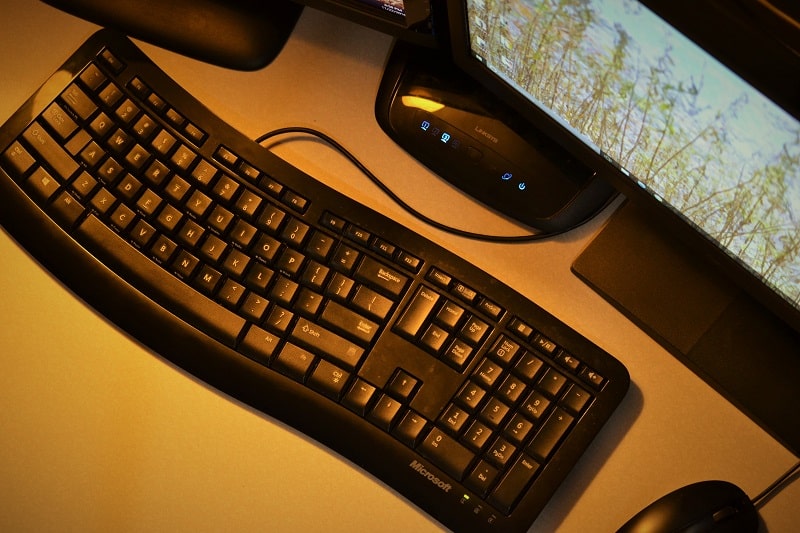
No one likes to work with a slow computer. If your PC is slow, it will take you more time to finish tasks, which will require you to stay longer in front of the screen. Not only will this increase your workload, but it may also affect your eyes.
UCI Health explained that spending more time looking at computer screens may lead to general eye strain and exhaustion, that’s different from your usual physical fatigue. It will also cause you to blink less, which results in dryness, irritation, excessive tears, and headaches.
So if you’re noticing a decrease in speed and performance in your PC, here are four ways you can speed it up:
Uninstall unnecessary software
The simplest way to improve your PC’s performance is by uninstalling unnecessary software. When you remove applications you no longer use, you’re also reducing the number of applications that are eating up your system’s resources, like memory and disk space. So, uninstalling applications will have a significant impact on speeding up your computer and will even free up hard drive space as well.
To delete applications on a Windows PC, select the Start button and choose Settings > Apps > Apps & features. This pop-up window will show you every program installed on your PC. Scroll down the list to locate the program you wish to remove and click the application to see the Uninstall button just below the application’s name.
Disable programs that run on startup
Another reason your PC may be sluggish is that you have too many programs running in the background. By disabling those programs, your computer will run faster and more smoothly, especially on startup. If you’re unfamiliar with Windows settings, Woody Leonhard’s book on Windows 10 can guide you through the process. The book is straightforward and covers almost everything you need to know, from navigating the start menu to opening the Task Manager window.
The book explains that once Task Manager is open, you can start disabling some programs from running on startup. In the window, you will see different tabs like Processes and Performance. Click the Startup tab, and you will see the list of the applications that run once you boot your PC. Select the software you don’t need and click the Disable button on the lower right.
Stop OneDrive from syncing
Microsoft’s OneDrive cloud-based file storage is a built-in application that helps you keep files synced and up to date on all your PCs. Although they are useful, they may also contribute to slowing down your computer because, like any other app, it uses RAM and CPU to function. So when the application regularly syncs your file, it’s using up your computer’s resources, affecting its performance.
To stop OneDrive from automatically syncing, select the white or blue OneDrive cloud icon in the notification or menu area. After right-clicking on the OneDrive icon on the taskbar, choose Pause syncing. Then select either 2, 8, or 24 hours, depending on how long you want to pause the activity.
Use a PC cleaner
Lastly, your computer’s performance may suffer because you have a bloated hard disk filled with files you don’t need. If you clean out your hard disk, you will easily give your PC a speed boost. Windows has a useful built-in tool for doing these tasks called Storage Sense. Go to Settings > System > Storage, and at the top of the screen, move the toggle from Off to On. When you do this, Windows will constantly monitor your PC and delete old junk files you no longer need.
But if you’re looking for a more advanced PC cleaner, our previous article on the ‘Best PC Cleaner Software for Windows’ listed software that will effectively and safely clean out your computer. We also rated them according to their user-friendliness and affordability to help you decide which application is for you.